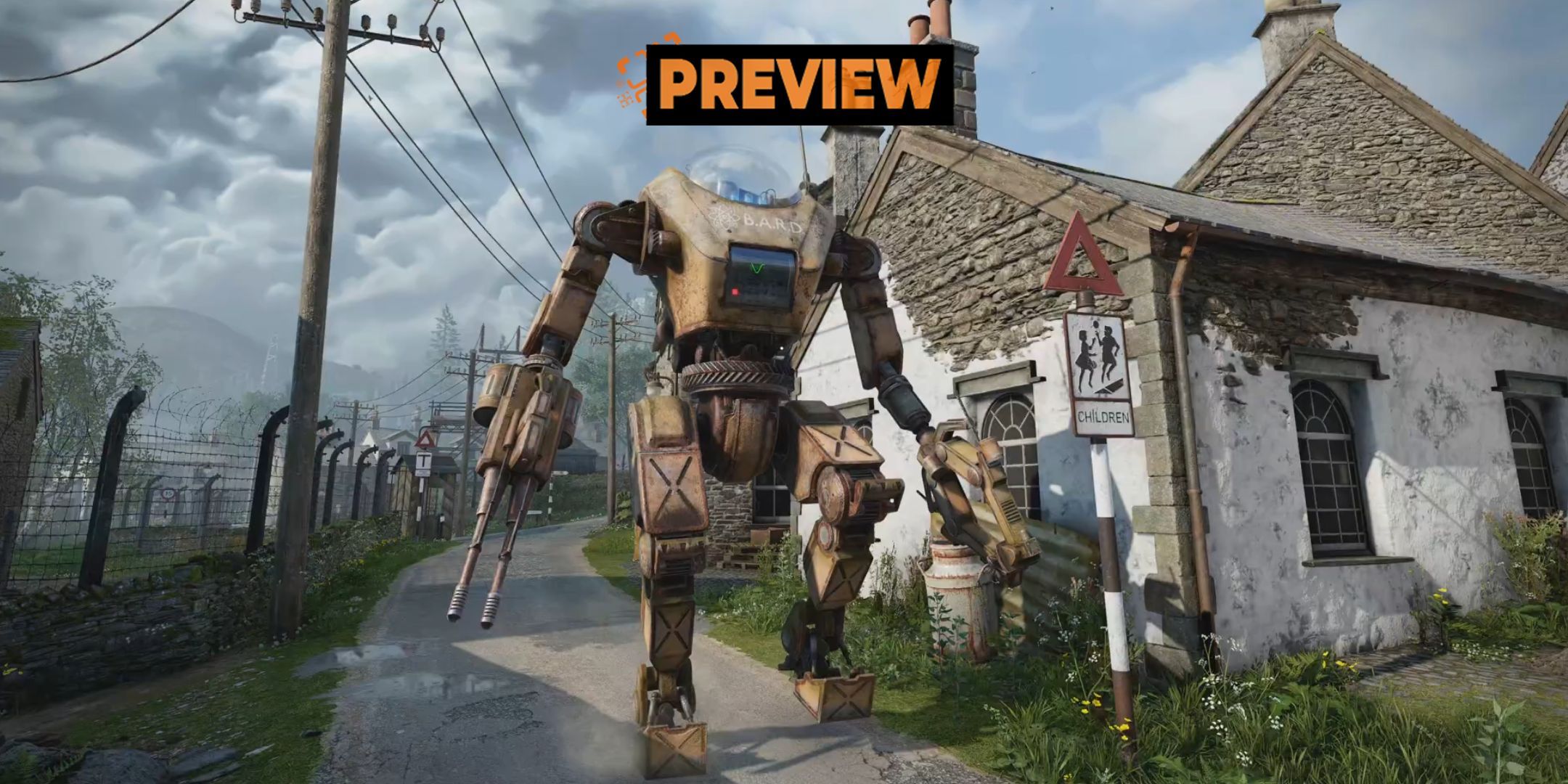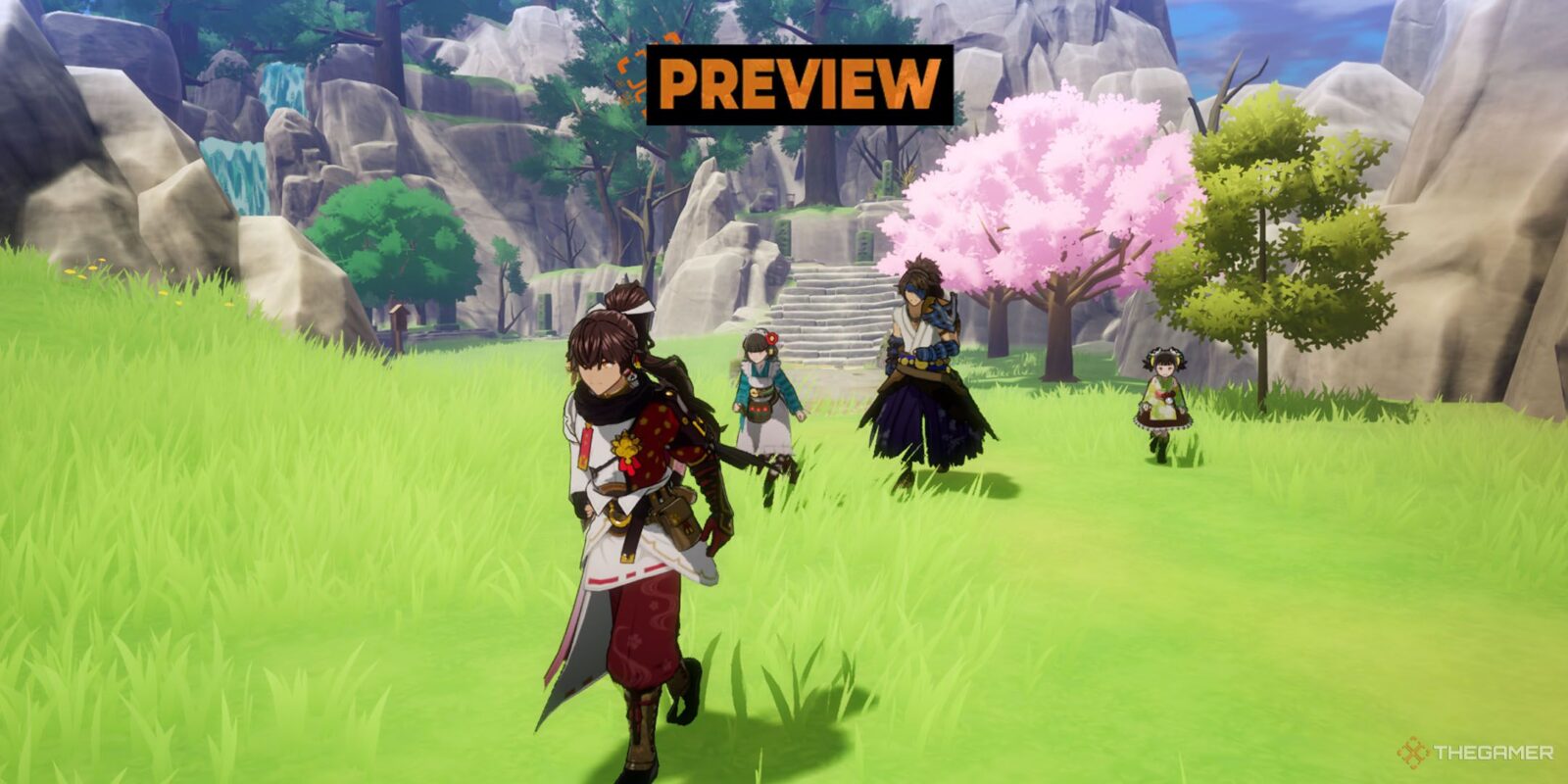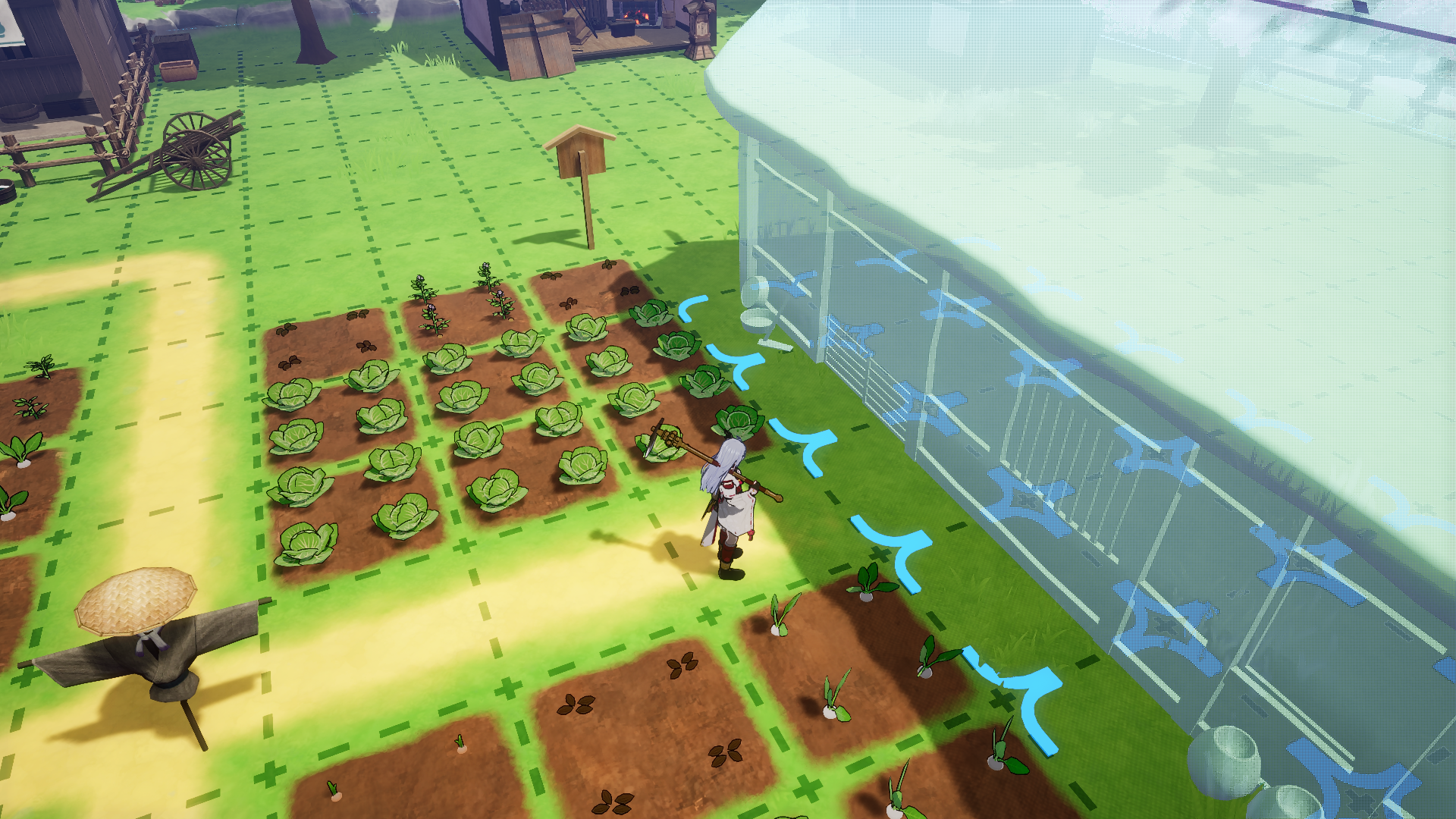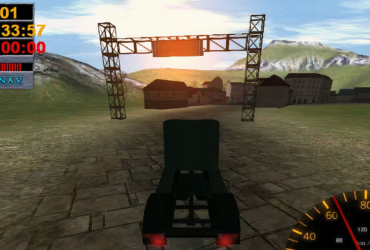I’ve always been more of a Story of Seasons girlie than anything else. As much as I love a good old RPG, Rune Factory has never managed to snatch the crown of being my favourite Marvelous series, and yet that could all swiftly change with the launch of Rune Factory: Guardians of Azuma. This latest spin-off allows the series to experiment in bold new ways, making it the perfect entry point for newcomers, a refreshing new adventure for old fans, and a potentially scale-tipping moment for SoS diehards like me.
Guardians of Azuma centers around the Celestial Collapse, a calamity affecting the land that disrupted the power of runes and caused the gods of nature to vanish. It’s time to embrace your inner Earth Dancer to fight against the corruption and save the world, but don’t forget to make time to cosy up to your favourite character. Even the gods are up for grabs here.

Related
Atomfall Preview – A Punishing, Promising, Janky Jaunt Through The Countryside
I had no idea what I was supposed to be doing when I played an hour and a half of Atomfall, but that very much feels like the point.
Develop Villages, Not Just Feelings
This will be the first Rune Factory game to take place outside the usual northern European-influenced setting, instead taking players to the distant eastern land of Azuma. It’s a stunning location to explore with beautiful Japanese-inspired cultures and traditions, and it features gorgeous architecture and cherry blossoms. You’ll also come across monsters like kappa, oni, tengu, and even samurai toads. Everything is steeped in Japanese culture, from the rice paddy fields you’ll toil over to the daruma and tanuki statues you’ll use for decorations.
Azuma has been mentioned before as part of Rune Factory lore, but has never been visited until now, making this installment particularly exciting for long-time fans. However, Marvelous isn’t just delivering on a highly sought-after location. It promises more exploration, secrets, and environmental puzzles than ever before, as well as more series firsts than you’d expect from a single game.
One of the biggest ways in which Azuma is pushing boundaries is that it gives players more control over management of towns, and there are four in total that you will oversee, with each one representing a different season. In addition to the usual farming gameplay where you’ll till the soil and plant crops, you’ll have large plots of land available for development in each town where you can place different types of buildings, establish businesses, and add settlements.
Items you place will impact the town, opening up new shops or adding beneficial stats. As each town grows, you’ll attract more newcomers to your village, who can then be assigned roles to support the town. Of course, more people mean more mouths to feed, so you’ll have to ensure you’re turning a profit and keeping everyone well fed.
I just know that this will become something I (and many other players) obsess over, as during the preview I spent ages building shrines and bath houses, placing lucky cat statues and plotting out perfect pathways to create my ideal little village. That village may be filled with daruma, and I’m not even sorry. My villagers will learn to live with it.
Ranged Weapons Are Finally Here
What sets Rune Factory apart from Story of Seasons is the RPG elements. There’s action combat, dungeons to delve into, and monsters to tackle. In Guardians of Azuma, some monsters can even be cleansed and returned to human form so they can join your townspeople. You’ll also be given Kamiwaza, divine tools from the gods that can be used both in and out of battle. For example, the drum speeds up the growth of crops on the farm, but can also heal you and team mates in battle.
Fans have expressed their desire for ranged weapons in Rune Factory for quite some time, and Guardians of Azuma is all too happy to deliver. There’s a Talisman that offers a ranged magical homing attack, but the bow and arrow was my favourite by far. When you’re dealing with enemies at different elevations from you, it makes it much easier to pick them off from a distance without having to clamber up to where they are.
Then again, I also like button mash whacking things, so being able to quickly change between two equipped weapons at the press of a button was a godsend. There are a wealth of weapons to choose between, so it’s easy to find your own groove. You can add townspeople and tamed monsters to help smash your way through dungeons, or do what I do and just invite along the characters you find the hottest because you want to increase your bonds with them.
Spoiled For Choice With Marriage Candidates
As a woman on the wrong side of 35 that loves a little romantic spark in her games, I appreciate the lack of character chibification here. The romance side of things definitely goes down more easily when the characters look more mature, as do the buxom beauty jokes.
Fellow romance fans will be pleased to hear that regardless of whether you choose the male or female protagonist, all marriage candidates will be available. For the first time in the series, the protagonist you don’t pick to play as will appear as a marriage candidate, and to keep adding onto the pile of series’ firsts, all romance cutscenes are fully voiced here, too.
There are 16 marriage candidates in total, including both protagonists and two DLC characters, which is the largest roster to date. I’ve already started eying up my favourites. During the preview I went on dates with Iroha, Ulalaka, and Murasame, the last of which was adorably dorky and thought that collecting materials for his sword was a great date idea. Babe, no.
If you’re somehow not sick of me mentioning how many series’ firsts are happening in Rune Factory: Guardians of Azuma already, let me end on one final point: this is the first Rune Factory game to launch simultaneously worldwide. We won’t have to watch Japanese streams with envy while we wait for it to launch, we can all enjoy it on May 30, 2025. And yes, I want to hear all about your romance choices.











Leave a Reply